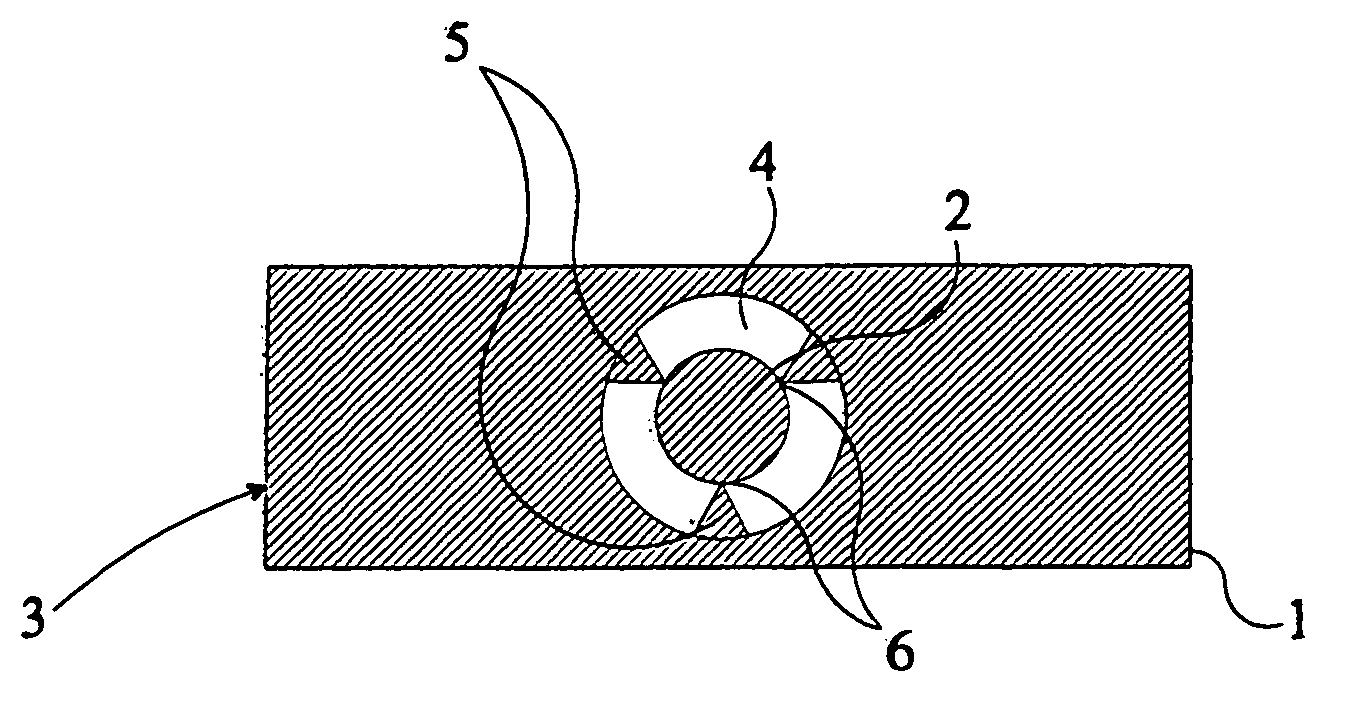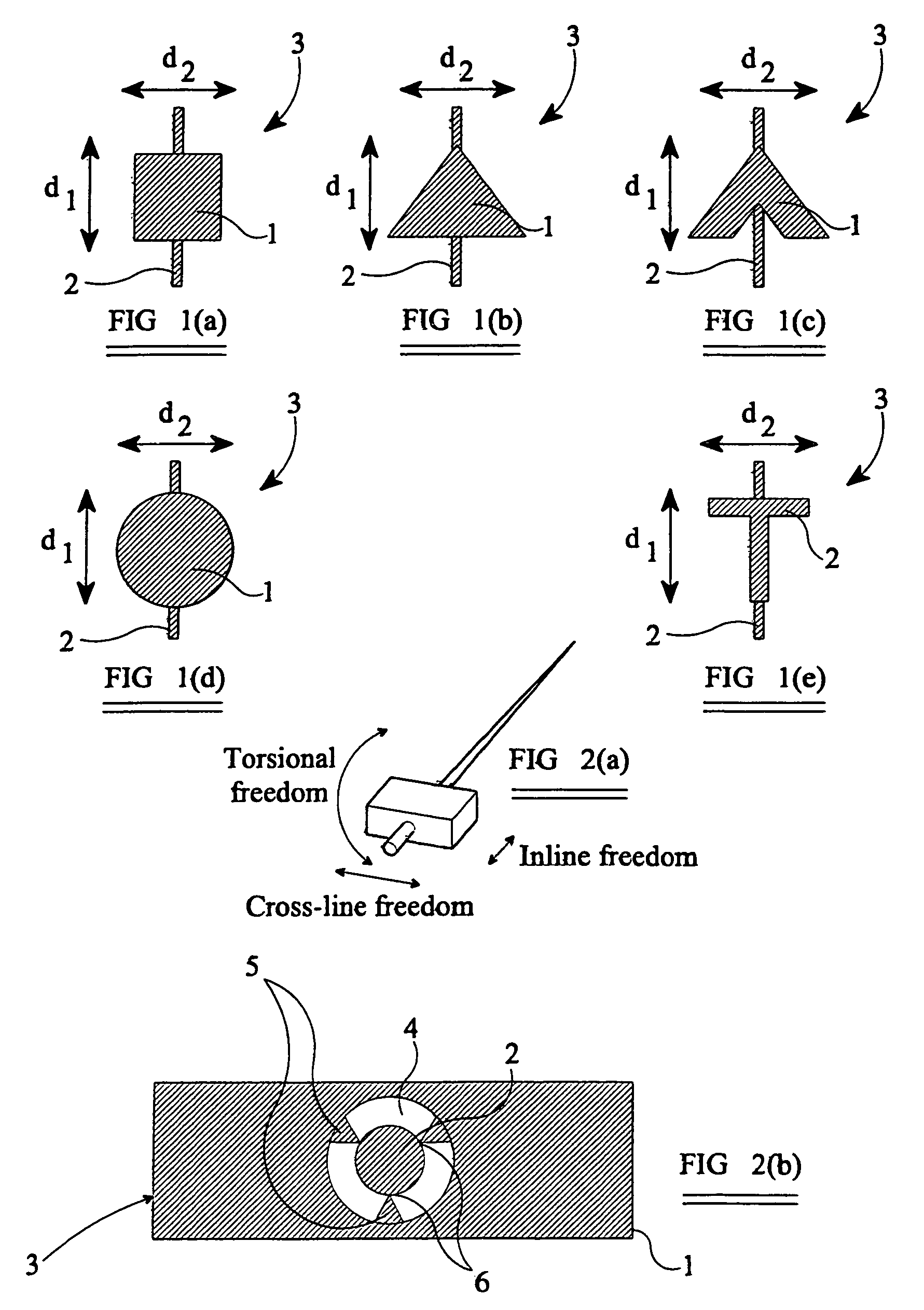Housing for a seismic sensing element, and a seismic sensor
a seismic sensing element and housing technology, applied in seismology, seismology for water-covered areas, mechanical vibration separation, etc., can solve the problems of poor seismic coupling, inability to meet, and inconsistent fidelity between the measured horizontal and vertical components of seismic data, so as to achieve good seismic coupling, accurate recording, and good seismic coupling
- Summary
- Abstract
- Description
- Claims
- Application Information
AI Technical Summary
Benefits of technology
Problems solved by technology
Method used
Image
Examples
second embodiment
[0053]a sensor housing according to the present invention will be described with reference to FIGS. 4(a) to 4(b). In this embodiment, the sensor housing 9 consists of a first housing 10 and a second housing 11. The first housing 10 is intended to contain four sensing elements (not shown), for sensing the pressure and the three components of the elastic wavefield, and the second housing 11 is intended to contain electronic circuits associated with the sensing elements, for monitoring the sensing elements and processing their output signals. The electrical and electronic connections between the first housing 10 and the second housing 11 are enclosed in a water-tight tube 12 for protection.
[0054]The first and second housings 10, 11 are secured to the cable 2 by means of a clamp 13. The clamp 13 is in the form of an annulus, and, in use, is clamped to the cable 2 with the cable 2 passing through the interior of the clamp 13. The first and second housings 10, 11 are secured to the clamp ...
PUM
 Login to View More
Login to View More Abstract
Description
Claims
Application Information
 Login to View More
Login to View More - R&D
- Intellectual Property
- Life Sciences
- Materials
- Tech Scout
- Unparalleled Data Quality
- Higher Quality Content
- 60% Fewer Hallucinations
Browse by: Latest US Patents, China's latest patents, Technical Efficacy Thesaurus, Application Domain, Technology Topic, Popular Technical Reports.
© 2025 PatSnap. All rights reserved.Legal|Privacy policy|Modern Slavery Act Transparency Statement|Sitemap|About US| Contact US: help@patsnap.com



